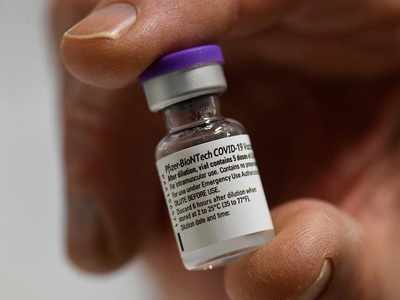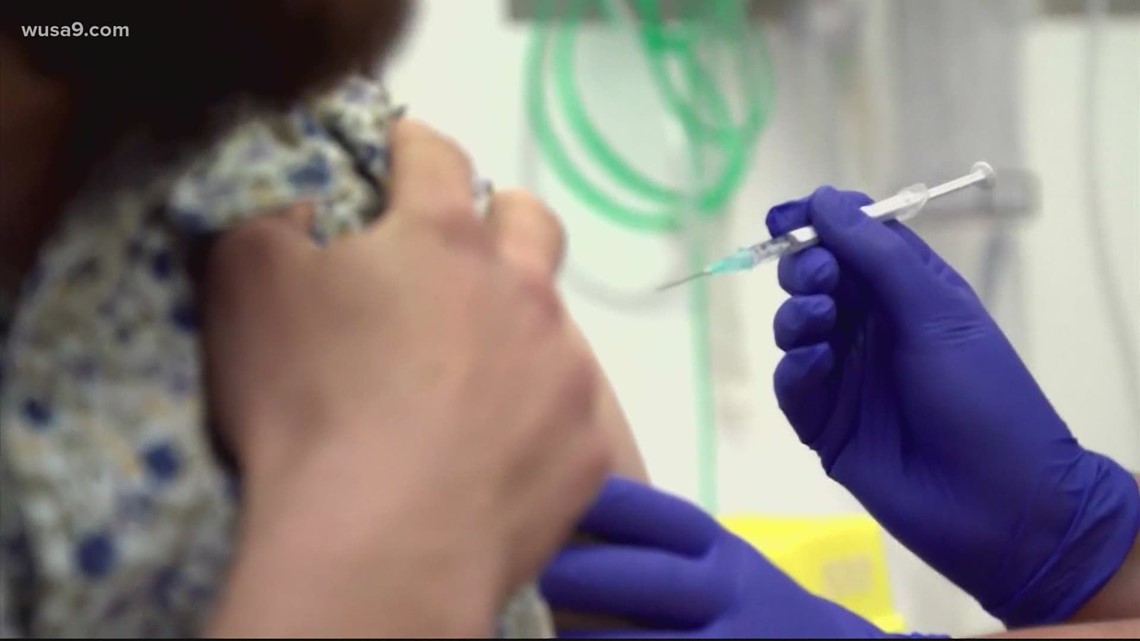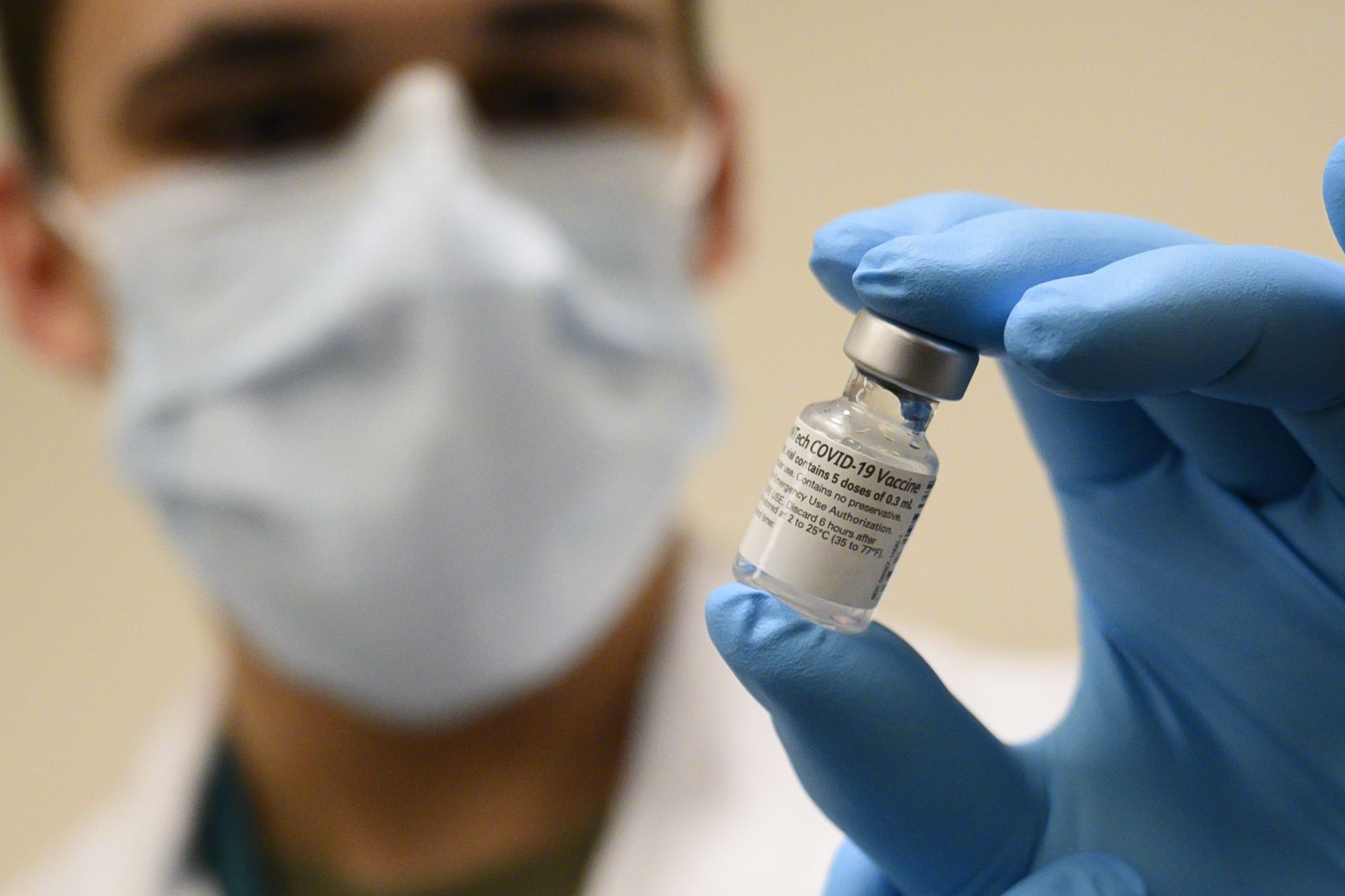

- #PFIZER VACCINE SIDE EFFECT AFTER FIRST DOSE HOW TO#
- #PFIZER VACCINE SIDE EFFECT AFTER FIRST DOSE SKIN#
Reporting rates of adverse events following booster doses are very stable. In people who have recently had COVID-19, a 6-month interval is recommended before having their next scheduled dose. A booster dose is an additional vaccine dose given after the primary vaccine course. The TGA continues to monitor the safety of booster vaccine doses in adults. The most up-to-date vaccine recommendations for booster doses are available from ATAGI. More detail on vaccine safety in children and adolescents following vaccination is available in the safety report published on 15 December 2022. Reporting rates of adverse events following COVID-19 vaccination, including those for children and adolescents, are very stable. The TGA is closely monitoring adverse event reports in people aged under 18 years. The most up-to-date vaccine recommendations for children are available from ATAGI. Vaccine safety in children and adolescents

These are recognised side effects of vaccination and are usually transient and mild.
#PFIZER VACCINE SIDE EFFECT AFTER FIRST DOSE SKIN#
Skin reactions at the site of the injection are also common and can include pain, swelling, redness and an itchy rash. The most frequently reported side effects suspected to be associated with the vaccines include headache, muscle and joint pain, fever, chills and nausea.
#PFIZER VACCINE SIDE EFFECT AFTER FIRST DOSE HOW TO#
Learn more about how to report a suspected side effect to a COVID-19 vaccine. by calling 1300 Medicine (1300 633 424) or visiting You can report anonymously.Learn more about how the TGA identifies and responds to safety issues.Īnyone can report a suspected side effect, either: The Vaxzevria (AstraZeneca) vaccine is no longer available in Australia. Detailed information of our analysis of thrombosis with thrombocytopenia syndrome (TTS), Guillain-Barre syndrome (GBS) and immune thrombocytopenia (ITP) following Vaxzevria (AstraZeneca) in adults is available in a previous vaccine safety report.It occurs in males and females but is more common after the second dose in boys aged 12-17 years (13 cases per 100,000 Comirnaty doses and 24 cases per 100,000 Spikevax doses) and men under 30 (9 cases per 100,000 Comirnaty doses and 20 cases per 100,000 Spikevax doses). It is reported in around 1-2 in every 100,000 people who receive Comirnaty (Pfizer) and around 2 in every 100,000 of those who receive Spikevax (Moderna). Myocarditis is a known but very rare side effect of the mRNA vaccines.These are usually temporary conditions, with most people getting better within a few days. We are carefully monitoring and reviewing reports of myocarditis and pericarditis (inflammation of the heart or membrane around the heart) following vaccination.More detail on vaccine safety in children, adolescents and adults following vaccination is available in a previous vaccine safety report. Reporting rates of adverse events following COVID-19 vaccination are very stable.The most up-to-date recommendations for use of the COVID-19 vaccines are available from the Australian Technical Advisory Group on Immunisation (ATAGI).This reflects what was seen in the clinical trials. The most frequently reported include injection-site reactions (such as a sore arm) and more general symptoms, like headache, muscle pain, fever and chills. Like all medicines, COVID-19 vaccines may cause some side effects.The protective benefits of vaccination far outweigh the potential risks. Vaccination against COVID-19 is the most effective way to reduce deaths and severe illness from infection.Learn more about causality and our COVID-19 vaccine safety monitoring and reporting activities. We encourage people to report suspected side effects, even if there’s only a very small chance a vaccine was the cause. This is the most intensive safety monitoring ever conducted of any vaccines in Australia. The TGA closely monitors reports of suspected side effects (also known as adverse events) to the COVID-19 vaccines. All of these COVID-19 vaccines have met the TGA’s high standards for quality, safety and effectiveness. These cover the Omicron BA.1 and BA.4-5 variants. Bivalent vaccines for both mRNA vaccines are also registered in Australia.


However, Vaxzevria (AstraZeneca) is no longer available. Four main COVID-19 vaccines are approved for use in Australia - Comirnaty (Pfizer), Spikevax (Moderna), Vaxzevria (AstraZeneca), and Nuvaxovid (Novavax).


 0 kommentar(er)
0 kommentar(er)
